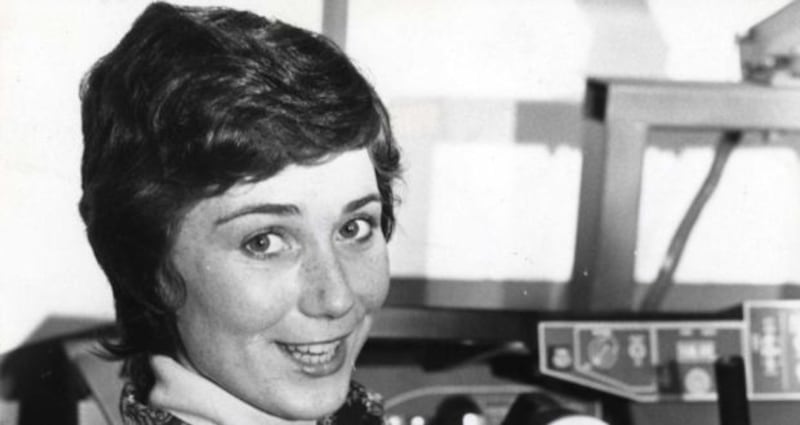When Dubliner Áine O’Gorman did her Leaving Cert in 1979 she thought she might get a job with the civil service. At first she worked in the accounts department at an agricultural co-op but within a short while she had applied for a position as an air traffic control assistant.
“The assistants were seated on high seats to make sure they could watch everything closely and I made my mind up that I wanted to be a controller,” she recalls.
“We also worked in the area control centre where the radar screens were located. It was a noisy, smoke filled room.”
O’Gorman, who quickly rose through the ranks to become the country’s first female air traffic controller, has also been a training instructor, a training manager and is currently station manager at Dublin Airport’s air traffic control centre.
Ireland’s first female pilot, Gráinne Cronin recalls the first time she heard O’Gorman speaking from the tower “as she directed me into Dublin Airport. It was great to hear a woman’s voice there for the first time”.
I found the instructors to be professional, though in a minority of cases, there was an apparent reluctance to accept my presence
The pair were speaking after being recently honoured by the Irish Aviation Authority for their trailblazing roles in what continues to be a male-dominated industry.
On Wednesday, Aer Lingus launched a new campaign to attract women pilots, who now account for around one in ten of all pilots at the airline.
Cronin says her recruitment as a pilot in 1977 was “a very big step for both Aer Lingus and myself. I was the first female cadet – and I could not believe that I had been accepted.

“The airline had embraced the social changes that were happening at the time. The so-called marriage ban had just been abolished in Ireland and, in consequence, more career opportunities were opening up for women.”
It wasn’t easy initially, she says. “As the only woman in pilot training, it was a little lonely at times. I found the instructors to be professional, though in a minority of cases, there was an apparent reluctance to accept my presence.”
Shift work can be difficult especially with family life. But it is an amazing job
When O’Gorman commenced her training as an air traffic control assistant, she was unaware that she was the first woman to be employed in the position. She met her husband Dominic at training as he also started the same day.
“Control frequencies were listened to on loudspeakers, so you heard everything that was going on whereas today, headsets are used by controllers which provides a quieter atmosphere,” she says.
On receiving the award, O’Gorman - a mother of four adult children, one of whom, Laura is currently training as an air traffic control assistant, said it “should be an encouragement for all girls to consider this exciting and rewarding career. Women aren’t really applying which is a shame as it is a great job.
“I know I fell into it as a career, maybe if it’s mapped out for you that puts on pressure. Shift work can be difficult especially with family life. But it is an amazing job.”
Cronin similarly encourages other women into the industry. “I remember the excitement of taking the controls of a Boeing 737 for the first time. My professional life became a matter of flying to various European destinations for many years.
“In those years I saw many changes as more women became pilots. While there have been great advances that will attract more women, I should mention that there remains some work to be done.”








